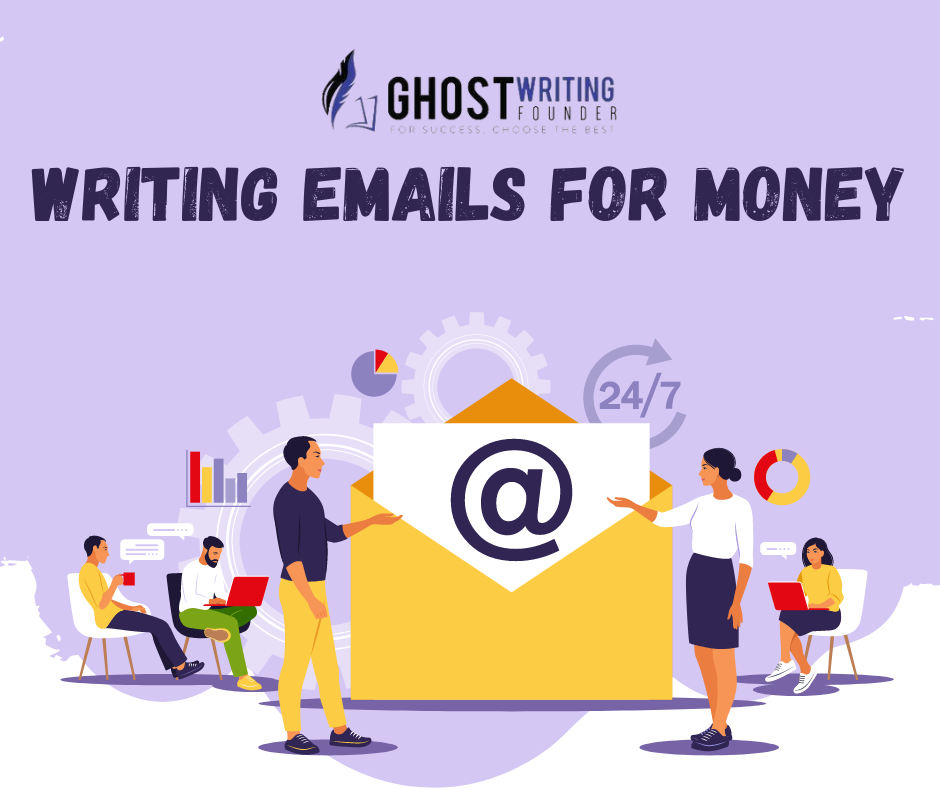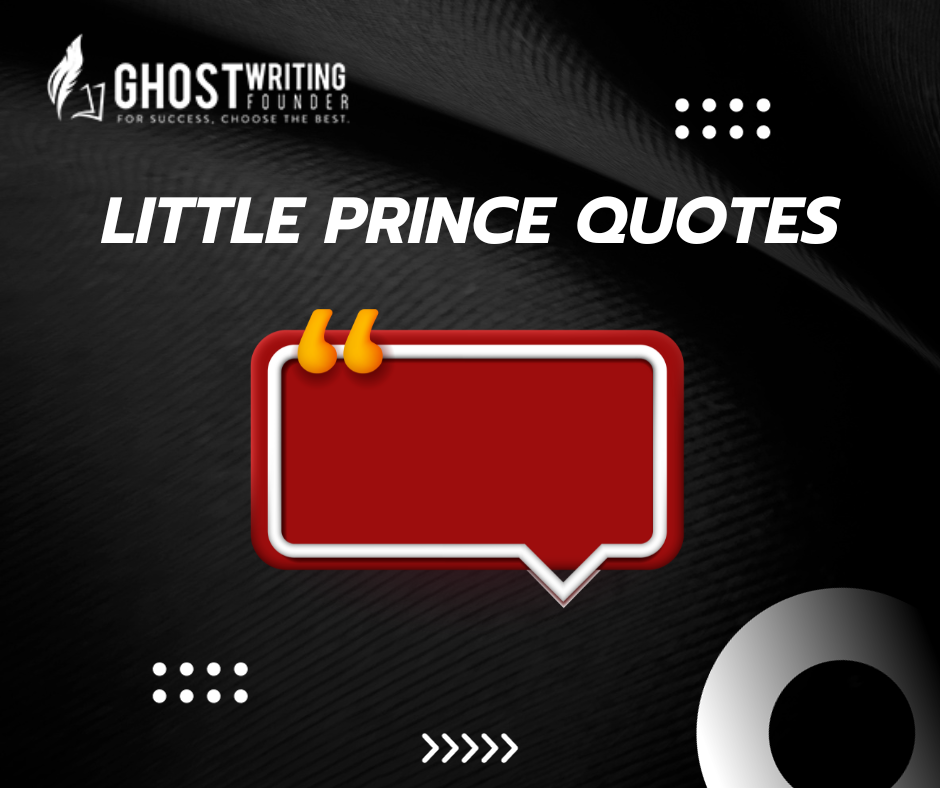
Writing
Email marketing has proven to be an incredibly effective method for reaching potential customers and, in turn, generating revenue. For businesses big and small, relying on a well-crafted email can make all the difference in driving sales. However, creating such enticing emails requires a certain level of skill and a clear understanding of various influential factors. Here, Ghostwriting Founder experts will examine eleven simple steps to help you start writing emails for money.
1. Understanding Your Target Audience
One of the initial steps before writing emails for money is understanding your target audience. It is different from writing white paper. So, always research to learn about their interests, needs, and the problems they’re hoping to solve. Crafting your emails followed by their preferences helps increase their engagement rate, pushing them further along the sales funnel.
With most emails now being opened on mobile devices, ensuring your emails are mobile-friendly is critical. This means using responsive design, large enough fonts to read on a small screen, and buttons big enough for a finger tap. Emails that aren’t optimized for mobile may end up ignored or deleted.
2. Setting a Clear Goal for Your Email
Every email you send should serve a particular purpose. Setting clear goals before writing emails for money can help you craft a more focused and effective message, whether it’s to inform, sell, or build a relationship.
Beyond understanding your target audience, actively engage with them by segmenting your email lists. This allows you to tailor your communication more specifically based on various criteria, such as their purchasing behavior, preferences, or how recently they’ve interacted with your content. Segmenting ensures that the emails are highly relevant, significantly increasing the likelihood of engagement.
3. Making Use of Captivating Subject Lines
Approximately 47% of email recipients decide whether or not to open an email based solely on the subject line. Use this to your advantage and create an intriguing, personalized, concise subject line.
4. Personalizing Your Email
Personalized emails can lead to six times higher transaction rates. Make sure to address the recipient by name and, if possible, include other personalized elements. This could depend on data you have about their past purchases, geographical location, or other relevant interactions they’ve had with your business.
5. Maintaining a Professional Tone
While being friendly and approachable in your emails is crucial, remember to maintain a professional tone. This reassures the recipient of your credibility and establishes trust. Another idea is to hire professional book writing services for your email works.
6. Adding a Call to Action (CTA)
The Call to Action is arguably the most crucial part of your email. This directs your recipient on what to do next. It could be visiting your website, buying a product, signing up for a webinar, etc. Make sure your CTA is clear, concise, and compelling.
7. Providing Valuable Content
Your email should provide real value to the recipient, not just a sales pitch. This can be blog posts, eBooks, informative videos, tips, or other relevant and beneficial content. Offering value helps transform your emails from simply promotional to genuinely helpful, which can foster a long-term relationship with your recipient.
Incorporating storytelling into your emails can substantially boost their effectiveness. Email Is like short film scripts; stories can make your brand more relatable and memorable. Whether it’s a customer success story or your product development journey, narratives can engage emotions, making the call to action more compelling.
8. Keeping Your Email Brief and Direct
People receive dozens of emails daily, so they might not have the time or patience to read a lengthy email. Keep your messages short and clear, presenting your offer or information directly and concisely.
9. Using Visual Elements
People tend to engage more with emails that feature well-placed visuals. Images, graphics, videos, etc., can make your emails more appealing and help convey your messages.
10. Following Up
A single email may not always get the desired response. Sometimes, sending follow-up emails to remind the recipient about your product, service, or offer is necessary.
Determining the best time and frequency to send emails can significantly impact your success rate. This requires testing to see what works best for your specific audience. As a general rule, avoid sending too many emails, which can lead to unsubscribes, but also avoid sending too few, which may cause your audience to forget about you.
11. Analyzing and Optimizing Your Emails
Finally, monitor your emails’ performance to see what is working and what isn’t. Analyze metrics like open rates, click-through rates, and conversion rates to optimize future emails.
Conclusion
Writing emails for money is an art as much as a science. It’s about blending the knowledge of your target audience with compelling content creation and strategic planning. Remember to keep testing and refining your strategies. Email marketing continually evolves, and staying adaptable is key to maintaining and growing engagement and conversion rates.
FAQs on Writing Emails for Money
Q1: How often should I send marketing emails?
A: The right frequency varies by business and audience. Start with once a week and adjust based on engagement metrics and audience feedback.
Q2: Is emailing for money still effective with the rise of social media marketing?
A: Email marketing remains one of the most effective digital marketing strategies, often yielding high ROI. It’s a direct line to your audience, unmediated by algorithms inherent to social platforms.
Q3: How can I grow my email list?
A: Offer value in exchange for sign-ups, like a free ebook, a discount, or valuable insights through newsletters. Make sure your sign-up form is prominently placed across your digital presence.
Q4: How long should my marketing emails be?
A: This can vary, but being concise is key. Aim for 200 words or less in promotional emails, but informational or storytelling emails can be longer if engaging.
Q5: Can I reuse email content?
A: Yes, but do so strategically. Repurposing content can save time and resources but ensure it remains relevant and engaging for your audience.









Leave a Reply